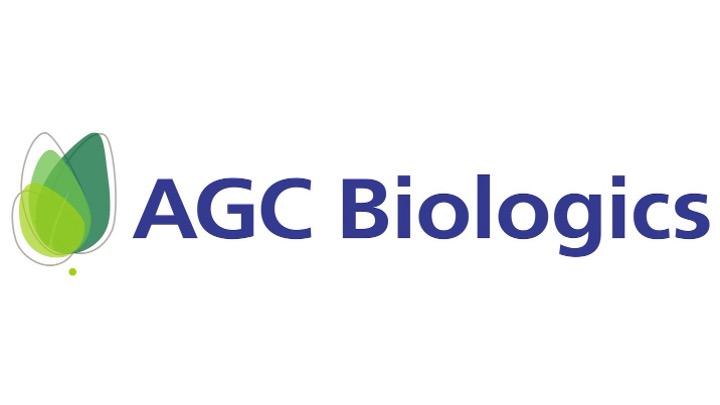AGC Biologics, a leading global Biopharmaceutical Contract Development and Manufacturing Organization (CDMO), today announced expansion plans for the company’s Heidelberg facility to increase manufacturing capacities for plasmid-DNA (pDNA) and messenger RNA (mRNA) projects.
With this expansion, AGC Biologics is boosting its current 100L and 1,000L manufacturing capacities for a variety of different biologics projects by adding an additional GMP manufacturing line. The expansion includes a new GMP cleanroom for mRNA development and manufacturing, a new process development lab for microbial protein and cell and gene therapy (C>) projects, and additional warehouse capacity. The expanded capabilities will also allow AGC Biologics to meet the increasing demands of the rapidly growing C> market. The facility's new capabilities will be fully operational in 2023.
“This investment helps strengthen our existing pDNA capabilities and supports our entry into the mRNA space,” says AGC Biologics Chief Executive Officer, Patricio Massera. “With the global pDNA and mRNA markets experiencing record growth, we are focused on ensuring our facilities worldwide offer innovative services that meet the needs of therapeutics developers.”
“These new capacities will help strengthen our Heidelberg facility,” says AGC Biologics Heidelberg Site Head, Dieter Kramer. “We are looking forward to this location having a greater impact on the services AGC Biologics offers to our industry.”
This is the latest in a series of investments AGC Biologics has made this year to expand its offerings and global footprint. The company broke ground on a new multipurpose facility in Copenhagen, Denmark in August that will grow AGC Biologics’ global capacity. The news also comes roughly one month after the company’s successful acquisition of the Longmont, CO. facility, helping the AGC Biologics expand its C> capabilities footprint into the United States. Earlier this year, the company expanded its Cell and Gene Therapy Facility in Milan, Italy as well, adding additional capacity and viral vector suspension capabilities.


